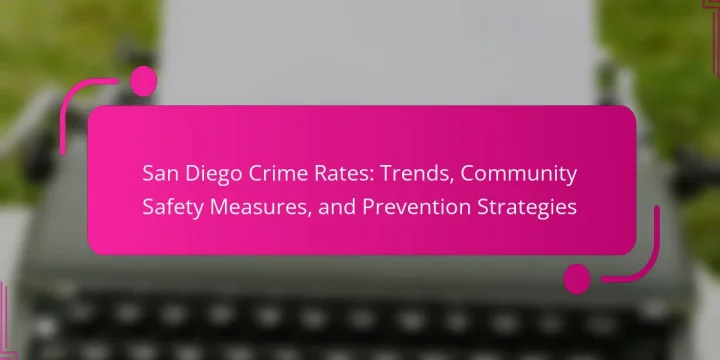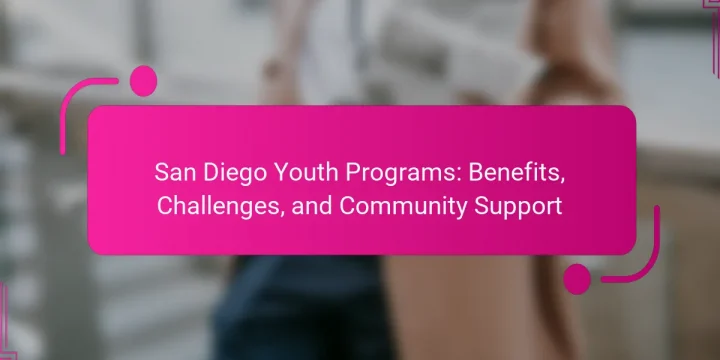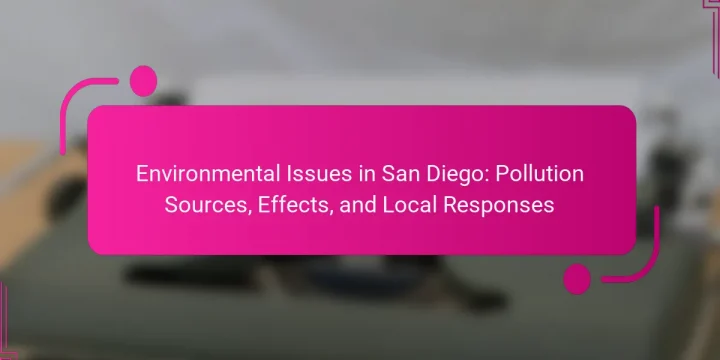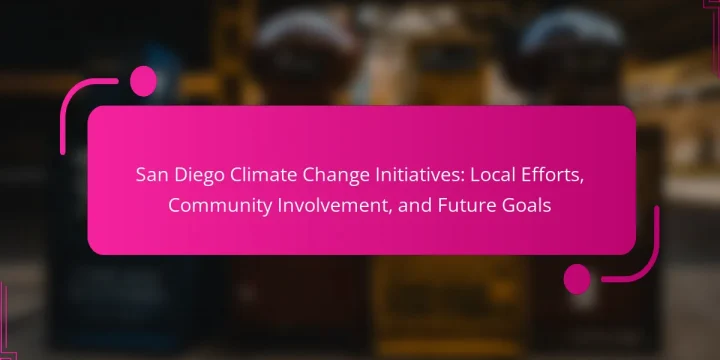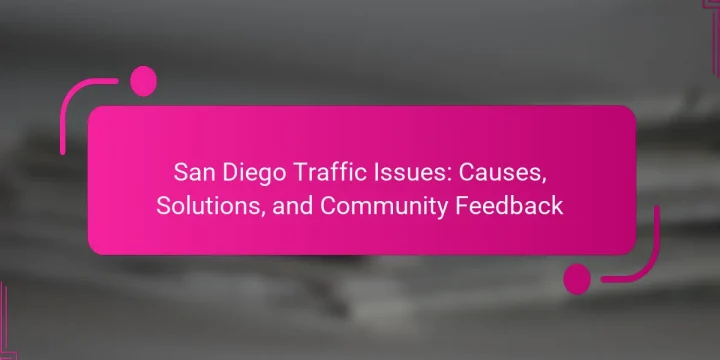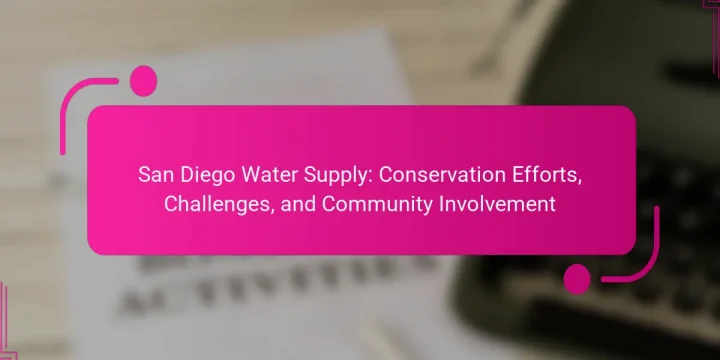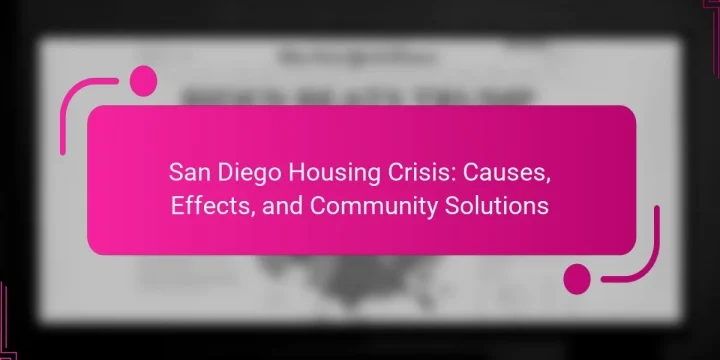
What is the San Diego Housing Crisis? The San Diego Housing Crisis refers to a significant shortage of affordable housing in San Diego, California. This crisis is characterized by rising rental prices and home values that outpace income growth. As of 2023, the median home price in San Diego reached approximately $800,000. Many residents struggle to find housing that fits their budget. The lack of affordable housing options leads to increased homelessness and displacement. Local policies and zoning regulations have contributed to the housing shortage. Additionally, the demand for housing continues to grow due to population increases. The crisis has prompted community discussions about potential solutions and policy changes. What are the key factors contributing to the San Diego Housing Crisis? The key factors contributing to the San Diego housing…

